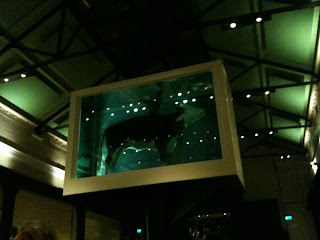Five things Health Clubs could do more of.
_
We’re all familiar with global health risks like obesity, increasingly sedentary lifestyles, high cholesterol, high blood pressure and poor dietary knowledge and practices. I believe that Health Club brands have a window of opportunity to be more to society, more to their customers and more to their owners. Here I’ve identified five themes as examples of how Health Club brands could be more.
1. Be more relevant to more of your customers
Segment your audiences and create sustainable customer communities, for example; post-pregnancy mums, recovering cardio patients, bodybuilders, triathlon/marathon competitors, busy executives etc. In doing this you become a connector brand where communities congregate and share, thus building loyalty. Add social media to really understand and develop customer needs.
2. Take centre stage and be the linchpin for health and well being
Think of it as Corporate Responsibility and Business strategy in one by placing your company at the crossroads where policy makers (ie. governments), medicine, technology and academia meet and build well-being from a common set of beliefs and collaborations. Your products will be better, you’re brand will be stronger and society as whole will benefit if all these groups pull in the same direction.
3. Utilise technology
Think Kinect, Nike+, augmented reality, smartphones and gaming. These are todays technologies which have the power when used as part of a strategy to build your brand, develop a broader customer base and increase revenue if invested in now. Tomorrow’s technologies are even more exciting with the power to engage multiple generational consumer groups.
4. Help people with their bodies AND minds
The opportunity to build the holistic well-being brand by catering to the whole of society’s fitness needs means that brand expansion, based on trust, is entirely possible and within a health club brands reach. Again, smart alliances could be hugely impactful in building this quickly.
5. Be the 19th hole for the 21st Century
Society has changed and golf isn’t keeping pace. Fitness, however, has earned it’s place in current generational lifestyles of all ages. What the Gym could be to these groups is a place where people come together, work-out, relax, share and even do business. Mobile working will increase in coming years and who says you have to do it from home?
And, if you wanted a 6th - harnessing energy generated by gym equipment could save thousands in the longer term and make you energy independent. At least one californian gym is already doing this in isolation.


